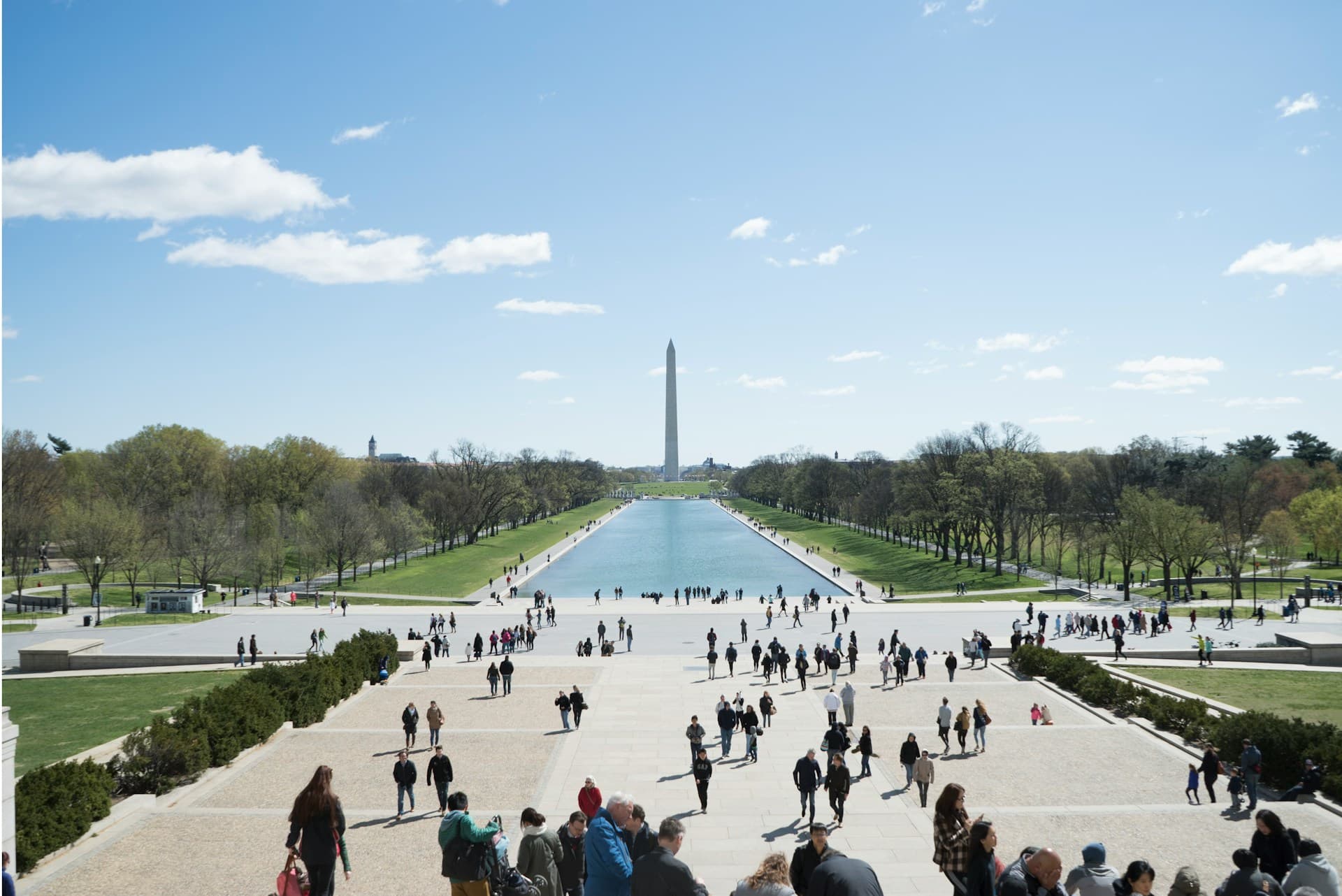AZ House Democrats Amass Millions as GOP Pushes ‘Deceptive’ Offensive

Two House Democrats may face uphill re-election contests in Arizona come November as Republican strategists mount an offensive to take back control of Congress.
The National Republican Congressional Committee prominently includes Reps. Ann Kirkpatrick (D-01) and Ron Barber (D-02) on a list of 7 Democrats up for re-election this year that it bills as the most vulnerable astride conservative congressional districts.
Publishing the list in May 2013, with a call to make sure “Nancy Pelosi will never be speaker again,” the committee has since gone on a spree of attacks to agitate grassroots conservatives against the two Arizona Democrats, sometimes with tactics that their opponents call deceptive.
In February, the Los Angeles Timesreported the committee courted controversy by launching micro-sites designed to look like the campaign sites for 18 Democrats, including those for Barber and Kirkpatrick, but divert any contributions to the RNCC.
(The NRCC issued a $250 refund to at least one donor after he told the Tampa Bay Times that he felt misled by the micro-site for a Florida Democrat, Alex Sink, defeated earlier this month in a special election. Time quoted at least one expert as saying the tactic violates federal election regulations.)
Barber and Kirkpatrick represent two of five Democrats from a state that Republican strategists hope their offensive will help bolster the GOP’s House majority and retake the Senate come November.
If poll numbers from 2012 signal anything, the two officials are likely to face uphill battles in their districts even as the Democratic Party fights to retain its numbers in the upper chamber.
The House Democrats won their elections in 2012 by razor-thin margins. Kirkpatrick led her Republican opponent by 48.8 percent to 45.1 percent of the vote in her district, and may have been helped by a competitive Libertarian Party candidate who attracted more than 15,000 votes — enough to edge Kirkpatrick to a narrow victory.
Barber — who replaced Rep. Gabrielle Giffords after an unsuccessful assassination attempt forced her to retire 3 years ago — barely held onto his predecessor’s district with fewer than 3,000 votes.
Three Republicans, including two state representatives and a businessman, have entered the race to replace Kirkpatrick in the 1st Congressional District.
Two other Republicans entered the field to run against Barber in the 2nd Congressional District. Roll Call listed an NRCC polling memo last summer that showed one rival, Ret. Air Force Colonel Martha McSally, the woman who narrowly lost to Barber in the last election, just one percentage point behind the House Democrat.
Polls and election strategies aside, Republican hopefuls will still need to vie with two well-funded and election-tested Democratic incumbents likely to secure their own party’s nominations unscathed.
OpenSecrets.org, a project of the nonpartisan Center for Responsive Politics, reveals that Barber and Kirkpatrick will each start their general elections with more than a million dollars in campaign funds.
The websitereported Barber numbering $1,162,723 in his coffers by the end of December 2013, with nearly $1 million in cash on hand. Nearly half of his fundraising totals came from political action committees, with large contributors accounting for roughly 40 percent.
For Kirkpatrick, the embattled congresswoman may reach the $2-million mark well before election season kicks off in August. She reported raising $1,118,995 last quarter, with $824,159 available in cash on hand.
She had large contributors to thank for 44 percent of her own war chest. Political action committees shored up the rest of her campaign by a count of $455,000, or roughly 38 percent.
Each of the potential Republican nominees in Kirkpatrick’s race has raised less than $300,000, according to OpenSecrets.org. Of those three, businessman Gary Kiehne led with $267,673 by the end of December, with 60 percent in large contributions and 39 percent from his own pockets.
The website found that McSally was closest to Barber’s numbers last quarter with more than $740,000 in campaign funds, nearly 80 percent of which came from large contributors.
Arizona maintains a mixed-primary system that lets unaffiliated voters choose to vote in any primary and restricts registered voters to their own party of choice. Voters must register by July 28 in order to cast their ballots.
Photo Credit: Tom Williams / CQ Roll Call / Getty Images




